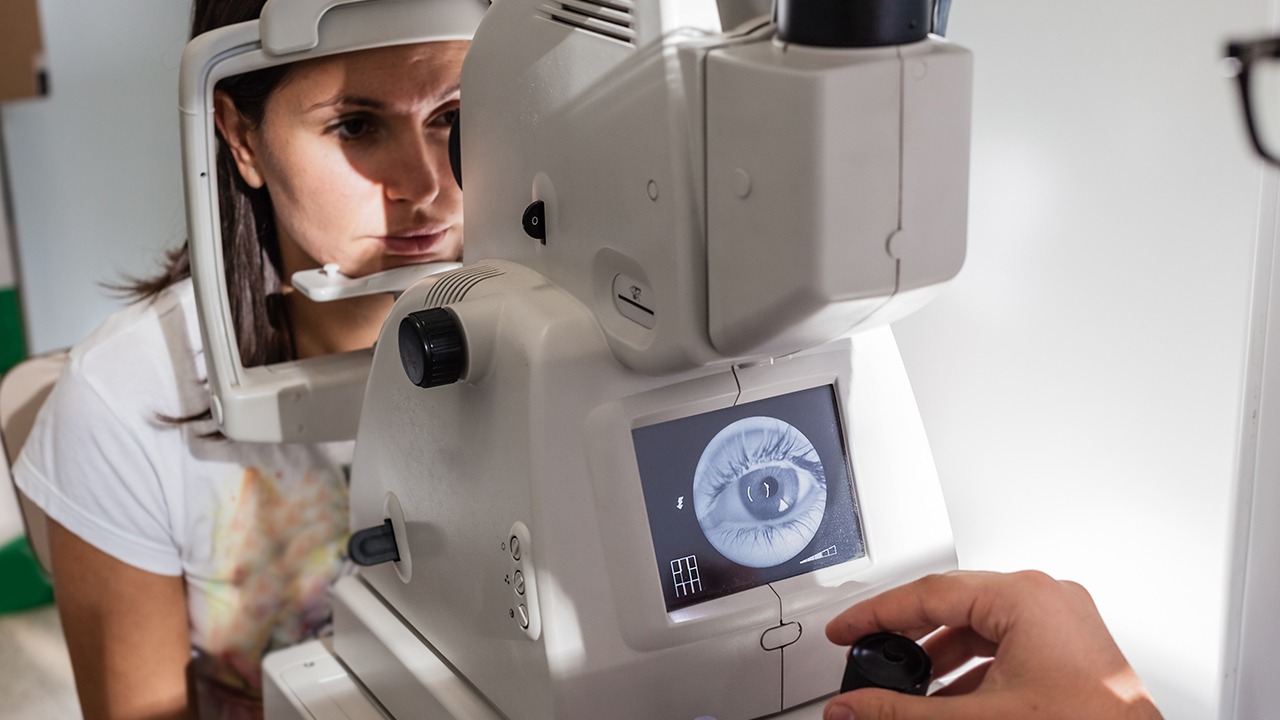What are the Causes of Candida Infection?

Candida is a type of yeast that is found on the skin and in the digestive tract of most people. Candida usually doesn't cause any problems, but it can sometimes cause an infection called candidiasis. Candidiasis can affect the mouth, throat, esophagus, vagina, or skin.
Causes of Candida Infection
There are many different factors that can cause a candida infection. Some of the most common causes include:
A weakened immune system: People with weakened immune systems are more likely to develop candida infections. This is because the immune system helps to fight off infections, and when the immune system is weakened, it can't do this as well.
Antibiotics: Antibiotics can kill off the good bacteria that help to keep candida in check. This can lead to an overgrowth of candida and an infection.
Diabetes: People with diabetes have high levels of sugar in their blood. This can create a good environment for candida to grow.
Pregnancy: Pregnant women have higher levels of estrogen, which can lead to an overgrowth of candida.
Obesity: Obese people have more folds of skin, which can create a moist environment that is ideal for candida to grow.
Risk Factors for Candida Infection
There are certain factors that can increase your risk of developing a candida infection. These include:
Having a weakened immune system: People with weakened immune systems are more likely to develop candida infections. This is because the immune system helps to fight off infections, and when the immune system is weakened, it can't do this as well.
Taking antibiotics: Antibiotics can kill off the good bacteria that help to keep candida in check. This can lead to an overgrowth of candida and an infection.
Having diabetes: People with diabetes have high levels of sugar in their blood. This can create a good environment for candida to grow.
Being pregnant: Pregnant women have higher levels of estrogen, which can lead to an overgrowth of candida.
Being obese: Obese people have more folds of skin, which can create a moist environment that is ideal for candida to grow.
Symptoms of Candida Infection
The symptoms of a candida infection can vary depending on where the infection is located.
Oral candidiasis: Oral candidiasis, also known as thrush, is a common type of candida infection that affects the mouth and throat. Symptoms of oral candidiasis include:
White or cream-colored patches on the tongue, cheeks, or roof of the mouth
Soreness or pain in the mouth
Difficulty swallowing
Esophageal candidiasis: Esophageal candidiasis is a type of candida infection that affects the esophagus. Symptoms of esophageal candidiasis include:
Difficulty swallowing
Pain or burning in the chest
Nausea and vomiting
Vaginal candidiasis: Vaginal candidiasis, also known as a yeast infection, is a common type of candida infection that affects the vagina. Symptoms of vaginal candidiasis include:
Itching and burning in the vagina
White or yellow discharge that is thick and cottage cheese-like
Pain or discomfort during sex
Skin candidiasis: Skin candidiasis is a type of candida infection that affects the skin. Symptoms of skin candidiasis include:
Red, itchy, and scaly patches of skin
Blisters or sores
Oozing or crusting
Diagnosis of Candida Infection
Your doctor can diagnose a candida infection by examining your symptoms and performing a physical exam. Your doctor may also order a culture test to confirm the diagnosis. A culture test involves taking a sample of the infected area and sending it to a laboratory to be tested for candida.
Treatment for Candida Infection
The treatment for a candida infection depends on the type of infection and the severity of the symptoms. Treatment options include:
Antifungal medications: Antifungal medications are used to kill candida. Antifungal medications can be taken orally, applied to the skin, or inserted into the vagina.
Probiotics: Probiotics are live bacteria that can help to keep candida in check. Probiotics can be taken orally or applied to the skin.
Lifestyle changes: There are certain lifestyle changes that can help to prevent candida infections. These changes include:
Eating a healthy diet that is low in sugar and processed foods
Getting regular exercise
Maintaining a healthy weight
Getting enough sleep
Managing stress
Prevention of Candida Infection
There are certain things you can do to help prevent candida infections. These things include:
Taking antibiotics only when necessary: Antibiotics can kill off the good bacteria that help to keep candida in check. So it's important to only take antibiotics when they are prescribed by your doctor.
Eating a healthy diet: Eating a healthy diet that is low in sugar and processed foods can help to prevent candida infections.
Getting regular exercise: Getting regular exercise can help to boost your immune system and reduce your risk of developing candida infections.
Maintaining a healthy weight: Maintaining a healthy weight can help to reduce your risk of developing candida infections.
Getting enough sleep: Getting enough sleep can help to boost your immune system and reduce your risk of developing candida infections.
Managing stress: Managing stress can help to boost your immune system and reduce your risk of developing candida infections.
If you think you might have a candida infection, it's important to see your doctor right away. Candida infections can be easily treated, but if left untreated, they can lead to serious health problems.
The above is all the content that the editor wants to share with you. I sincerely hope that these contents can bring some help to your life and health, and I also wish that your life will be happier and happier.
Topic: #the #are #what- • What is the relationship between kidneys and prostate
- • What to do if the umbilical cord wraps around your neck in late pregnancy
- • How to reduce the impact of colds on the fetus during pregnancy
- • The best dietary therapy for neonatal hypoxic-ischemic encephalopathy
- • Detailed explanation of the causes of neonatal hypoxic-ischemic encephalopathy
















